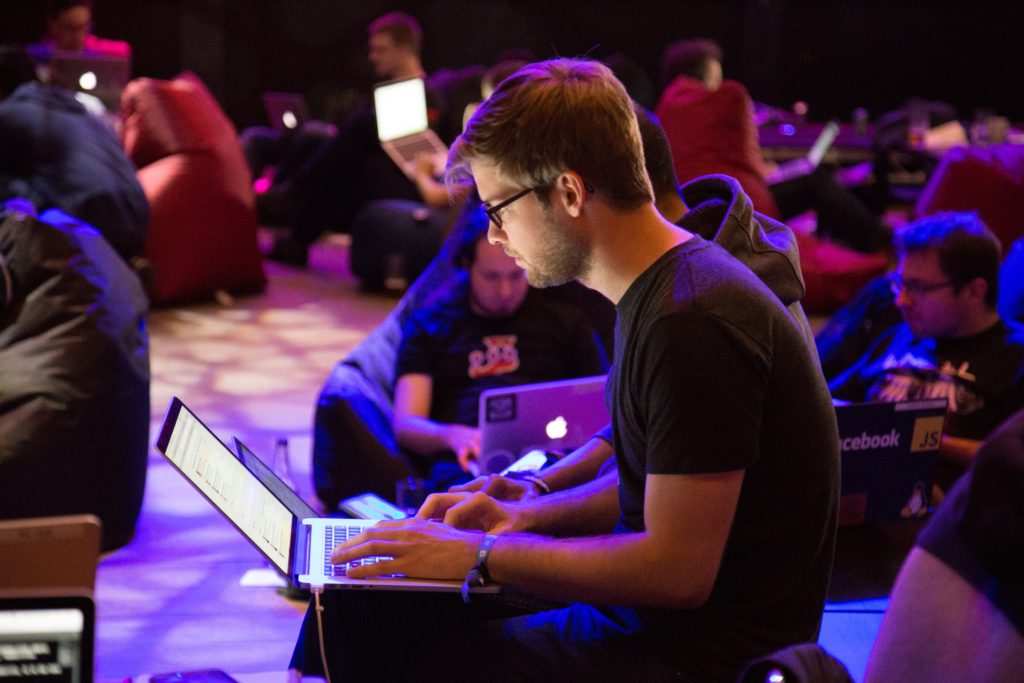What Are Some New Trends in HR Technology?

What Are Some New Trends in HR Technology?
From the mass adoption of AI to the increase in self-service tools, here are seven answers to the question, “What are a few surprising trends in HR technology?”
- AI Offering a Greater Level of Nuance
- Streamlining Internal Processes With AI
- Relying on DEI Tools
- Using AI for Employee Experience
- Predictive Analytics Informing HR Decisions
- Moving to Cloud-based HR Systems
- Rising Employee Self-service Tech
AI Offering a Greater Level of Nuance
One new trend we’re seeing that certainly shows no sign of slowing down is the mass adoption of AI within emerging HR tech.
We’re seeing large corporate software applications right down to single task-oriented tools looking into how they can use AI to offer a greater level of nuance and data integration into their current offerings, and in 2023 we’re really only at the start of seeing just how far AI can take software in the HR industry!
Wendy Makinson, HR Manager, Joloda Hydraroll
Streamlining Internal Processes With AI
One trend we’re seeing scaling rapidly is the mass adoption of AI within HR-specific software.
Not only will this help teams to streamline internal processes, but it also allows teams to assess their software requirements in line with whether AI is actually required for certain aspects of day-to-day tasks.
Tracey Beveridge, HR Director, Personnel Checks
Relying on DEI Tools
I’m thrilled to witness the emerging trend of DEI tools in HR. DEI tools comprise an array of solutions, from tracking diversity metrics, identifying and mitigating bias, bias training programs, and recruiting platforms that support diversity.
Some recruiting platforms use machine learning algorithms to analyze job postings and suggest inclusive language to attract more diverse candidates. Additionally, some analytics tools can identify trends in hiring and retention rates for underrepresented groups and provide insights to organizations that can help them refine their DEI strategies.
Piotrek Sosnowski, Chief People and Culture Officer, Natu.Care
Using AI for Employee Experience
Following the post-pandemic trend of prioritizing employee experience, organizations will implement more advanced AI-backed technologies. Measuring employee happiness and satisfaction has definitely entered the HR checklist for building great workplaces.
However, organizations still lack proper direction on how they can leverage technologies such as AI, NLP, and ML to measure these difficult but vital parameters and take data-driven decisions based on the insights.
For example, AI-powered employee sentiment analysis is an effective technology that turns employee surveys into data-driven insights. This comprehensive dashboard of workforce sentiments allows HRs to feel the pulse of the workforce—what makes them happy or sad, what are the strengths or challenges, what are the blind spots—and take targeted actions.
Sanya Nagpal, Head, Human Resources, Leena AI
Predictive Analytics Informing HR Decisions
Human Resources (HR) technology is rapidly evolving as businesses increasingly rely on automation and cloud-based applications to manage their workforce. One of the newer trends in HR technology is Labor Market Analytics (LMA). LMA uses big data and predictive algorithms to provide business insights about labor markets, such as cost of living, shifts in demand for certain skill sets, or the optimal geographic locations for a new office.
Companies use this information to inform decisions related to recruiting, setting wages, and budget forecasting based on real market intelligence, instead of estimates. An uncommon example of how LMA can be used is calculating budgeted overtime costs by securely aggregating payroll history with job tenure data for employees in similar positions within different geographical regions.
Grace He, People and Culture Director, TeamBuilding
Moving to Cloud-based HR Systems
Businesses are embracing technology in their various departments. Cloud-based HR systems are not a new trend; most businesses will adopt them more in 2023. Generally, younger employees will use this technology and work within an entire digital realm.
Cloud software is hosted on servers and only authorized users can use it. Users can access personal and professional information in real-time. Cloud-based software can incorporate HR analytics to build on previous recruitment experience and help design new processes to attract talent.
Employees can use self-service portals and chat functions with the help of a cloud-based HR system. They can get company materials like training videos, HR policy manuals, and other onboarding materials after selection. It improves the overall employee experience.
The software has all the employee information of an organization, so we can recognize individual employee performance for rewards.
Saikat Ghosh, Associate Director, HR and Business, Technource
Rising Employee Self-service Tech
One new trend in HR technology in 2023 is using technology for employee self-service. This will better allow employees to access and manage their HR information.
For example, the technology will enable them to access their pay stubs and tax information, request time off, and update personal information without filling out hard-copy forms. In addition, this technology integration and the increased use of artificial intelligence will provide employees with a personalized approach to their assistance.
Overall, this self-service trend will enhance the employee experience and satisfaction by providing them with increased independence and agility.
Mitch Chailland, President, Canal HR
